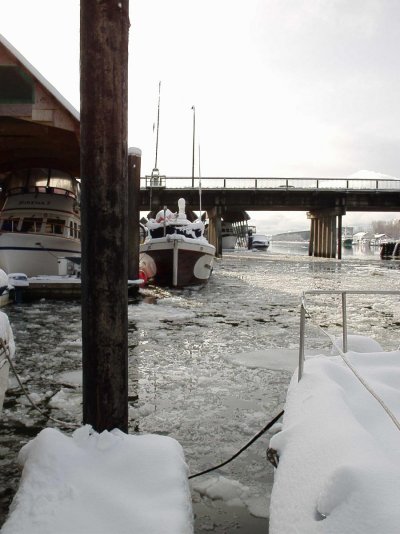The co-worker who owned the sailboat I race-crewed on in the early 80s used a 60w lightbulb in the cabin in the winter. He wasn't trying to keep the interior warm, just keep the humidity at bay. And it worked.
So much so that when we bought our 17' Arima several years later I did the same thing in the little forecabin of that boat on its trailer in the backyard. But the bulbs would burn out on a regular basis so we eventually switched to a pillbox heater/fan unit from West Marine and we've been using that in the Arima
ever since.
I wouldn't do the lightbulb thing today nor would I advocate it. But it does work if the space is not very large.
So much so that when we bought our 17' Arima several years later I did the same thing in the little forecabin of that boat on its trailer in the backyard. But the bulbs would burn out on a regular basis so we eventually switched to a pillbox heater/fan unit from West Marine and we've been using that in the Arima
ever since.
I wouldn't do the lightbulb thing today nor would I advocate it. But it does work if the space is not very large.








